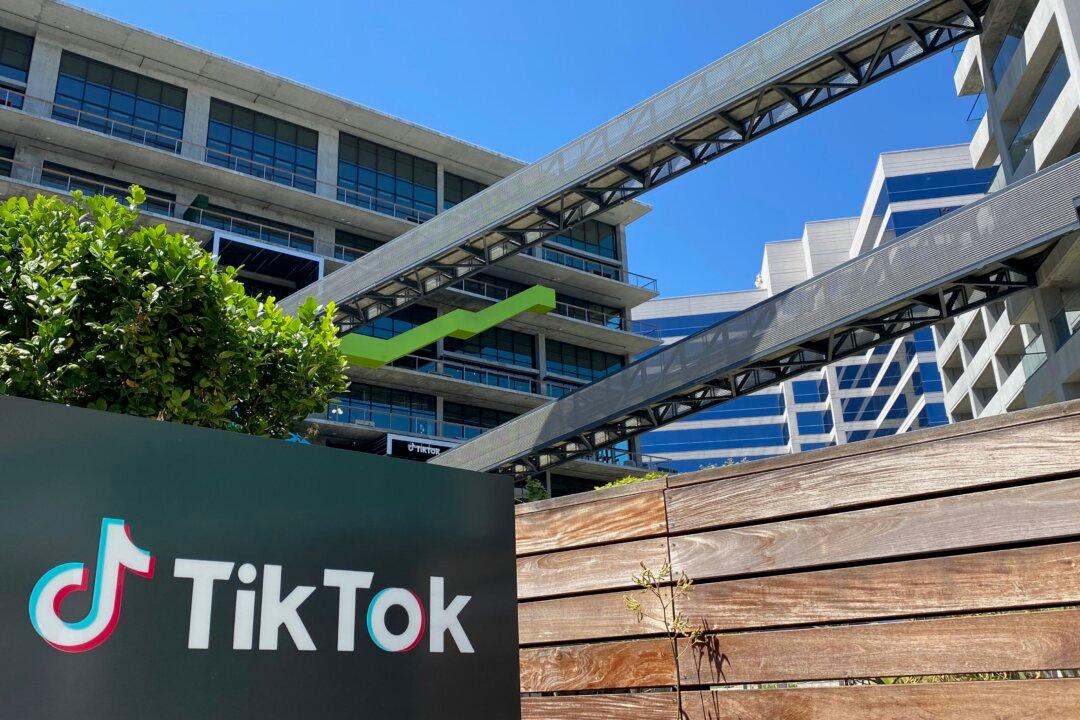Chinese tech companies have been documented to cooperate with Chinese authorities on censoring information and pushing Beijing’s propaganda messages.
One way the Chinese Communist Party (CCP) uses a popular news aggregator app owned by ByteDance to promote the regime’s propaganda content to users was unveiled in an internal document recently obtained by The Epoch Times.





